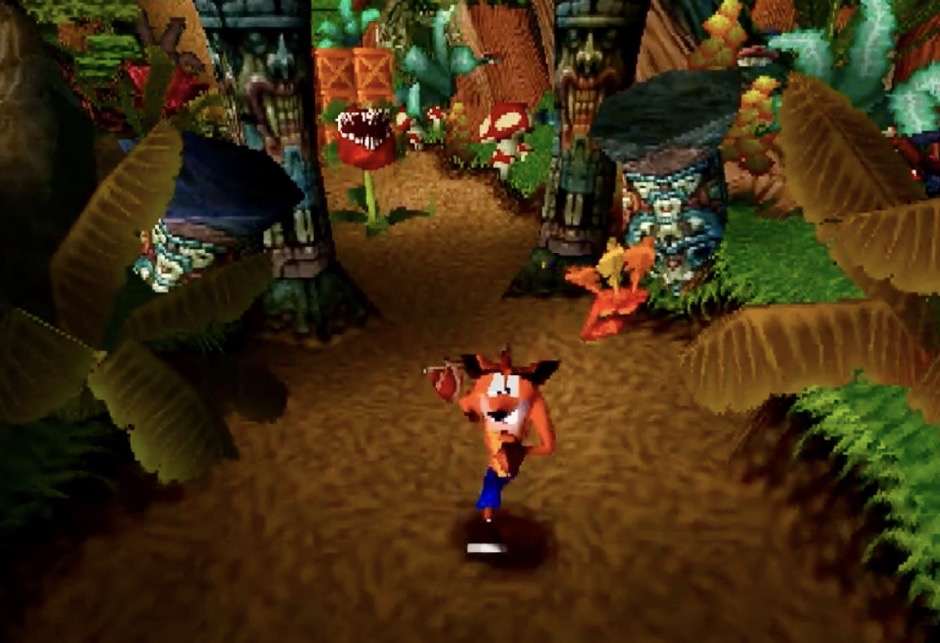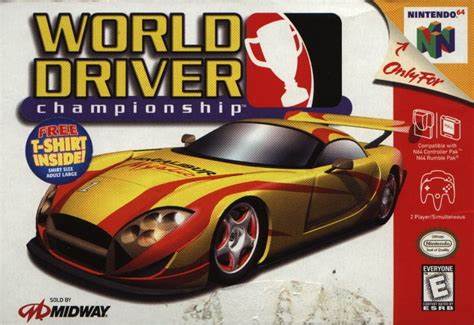Trilobit
Absolutely Cozy
This thread was a lot more heated than I anticipated when clicking on it.
It's honestly baffling thinking about it. They just knocked it out of the park time and time again in their first foray into 3D.
I'm amazed by how much Nintendo got right from the start. OoT doesn't just control excellently, it also tells its story wonderfully and depicts a rich and atmospheric world. SM64 nails the controls with an incredibly advanced moveset, maybe the most advanced of the Mario games, and stellar platform challenges. MK64 provides great challenge from the NPCs, but also a terrific incorporation of multiplayer modes. I still remember how perfect it felt to hold the z-button and then launching a shell at some unsuspecting friend in battle mode. Not to mention the variety in level design.N64 mostly defined the way free roaming 3D will work with Mario 64. Tomb Raider's controls are too stiff and limited, even pre-defined. It feels like a 3D Prince of Persia. Mario 64 on the other hand really feels like a 3D Mario, with a much higher freedom of movement, smoother and more precise controls, etc. I know Nintendo didn't invent analog controls but they were the first who did them right for a free roaming 3D world.
Then you had things like WaveRace (which i still don't think has been bettered), Zelda with it's big landscapes (at the time) standardizing the way you lock at enemies in a 3D world, Goldeneye making all sorts of innovations for console FPS games and inventing dual analog controls for the genre (even though very few noticed), etc.
N64 wasn't the first 3D console obviously but some of it's games improved and standardized a lot of things for 3D games.
It's honestly baffling thinking about it. They just knocked it out of the park time and time again in their first foray into 3D.
Last edited:







